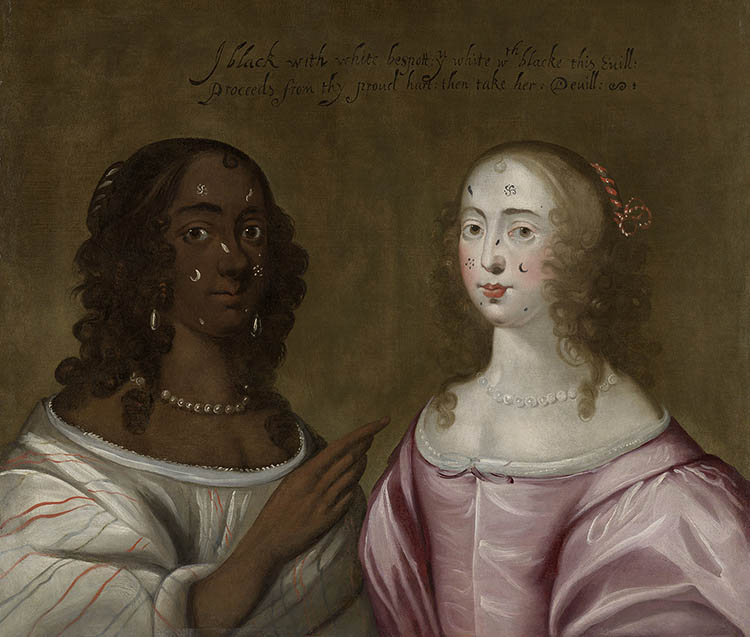
Research reveals likely artist of rare 17th-century painting
Two Women Wearing Cosmetic Patches, which is believed to have been painted by Father Jerome Hesketh, will go on public display for the first time at Compton Verney.
The artwork was saved for the UK in 2023, when it was purchased by Compton Verney thanks to grants from the National Heritage Memorial Fund and Arts Council England/V&A Purchase Grant Fund.

Two Women Wearing Cosmetic Patches (c.1655) has now undergone an 18-month conservation and research project at the Yale Center for British Art which has shed new light on the work’s significance and origin.
Uncovering the artist
Extensive research, including x-ray analysis,has concluded that the artist behind the painting is likely to be Father Jerome Hesketh (active 1647–1666).
More than a dozen works by Hesketh feature in UK public collections today, such as Lyme Park, Sizergh Castle and Moseley Old Hall. Comparisons between these and Two Women Wearing Cosmetic Patches offer compelling evidence they are by the same hand.
Understanding attitudes to gender and race
The painting itself reveals fascinating insights into attitudes to morality and race. Unusually for the period, the artist presents a black and a white woman side by side, wearing similar dress, hair and jewellery.
Both also wear silk cosmetic patches which the painting critiques in an inscription: “I black with white bespott: yu white wth blacke this evill: proceeds from thy proud hart: then take her: Devill.”
While both sitters seem to be of an equal status in the composition, the inscription enforces the artist’s belief in the ideal of unmarked white skin.
Public display
Two Women Wearing Cosmetic Patches will now go on display in Compton Verney’s Women’s Library alongside a film about the artwork's conservation and research project made at Yale Center for British Art.
The display will be in place for two years, during which time Compton Verney hopes to work with artists and community groups to respond to the painting.
Dr Simon Thurley CBE, Chair of the National Heritage Memorial Fund, said: “We are delighted that the National Heritage Memorial Fund has been able to support the acquisition, research and conservation of this unique painting.
"This dual portrait provides great opportunities to enrich our understanding of race and gender in the 17th century and can now be displayed at Compton Verney for the UK public to admire and enjoy in perpetuity.”
Saving the UK’s heritage
The National Heritage Memorial Fund (NHMF) was set up to save some of the UK’s most outstanding at-risk heritage. Find out more about NHMF.

